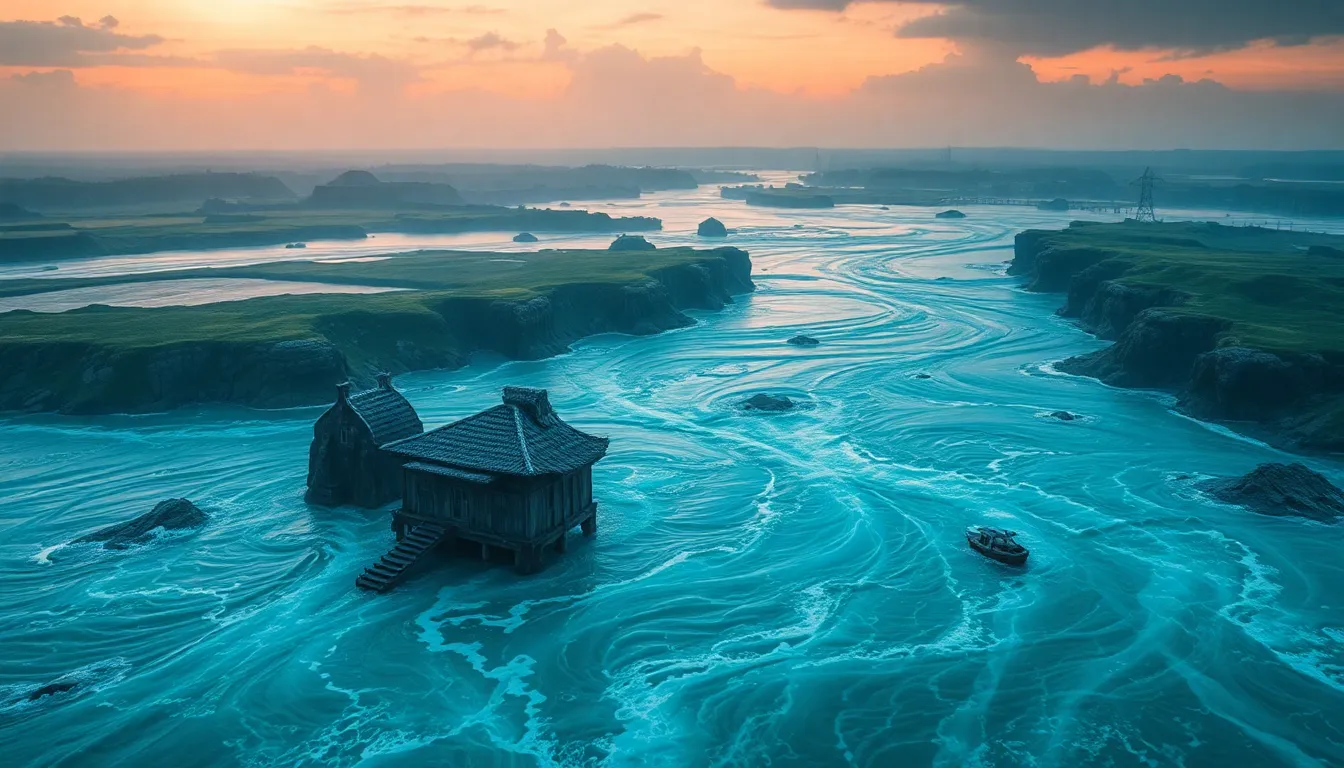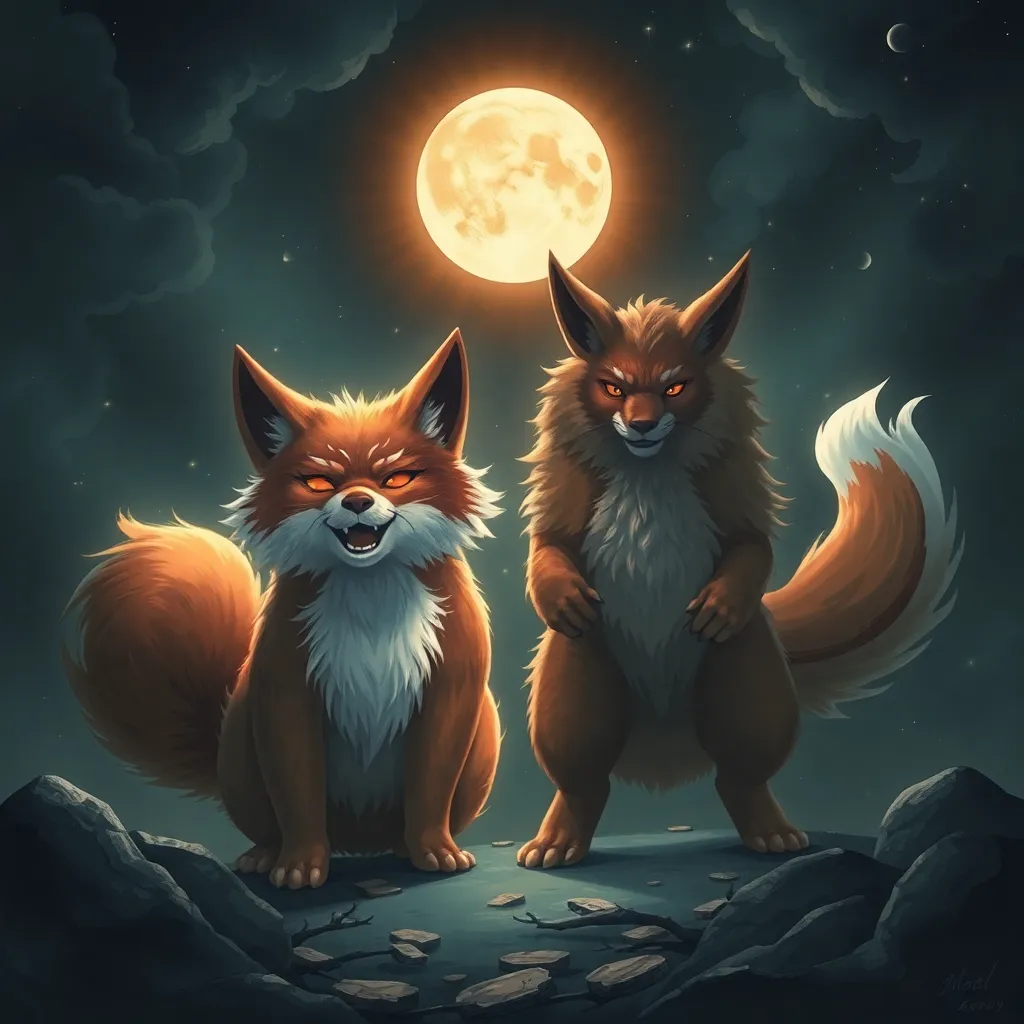The Significance of Colors in Mayan Mythology
1. Introduction:
The ancient Maya civilization of Mesoamerica was renowned for its rich cultural tapestry, intricate mythology, and profound understanding of the natural world. Colors played a vital role in their daily lives, serving as powerful symbols and imbuing their rituals, art, and mythology with deep meaning. This article delves into the fascinating realm of Mayan colors, exploring their symbolic significance and their intricate connection to Mayan beliefs and practices.
2. The Mayan Color Palette:
The Mayans utilized a vibrant color palette derived from natural sources. Blue, derived from the indigo plant, symbolized water, sacrifice, and the rain god Chaac. Red, obtained from the cochineal insect, represented blood, sacrifice, and vitality. Yellow, extracted from the annatto tree, stood for maize, the sun, and prosperity. Black, produced from charcoal or soot, symbolized the night, the underworld, and death. White, derived from chalk or limestone, signified purity, rebirth, and the east. These colors, individually and in combination, played a crucial role in shaping the symbolic landscape of Mayan culture.
3. Colors in Mayan Mythology:
Colors permeated Mayan myths and legends, imbuing them with symbolic meaning and enriching their narrative power. The Popol Vuh, the sacred text of the Maya, describes the creation of the world in terms of colors, associating the four cardinal directions with specific hues. East was associated with red, representing the rising sun and the beginning of life. North was linked to white, symbolizing purity and the creation of humanity. West was connected to black, signifying the setting sun and the underworld. South was associated with yellow, representing maize, the staple food of the Maya. These colors served as powerful metaphors, weaving a tapestry of meaning into the very fabric of Mayan mythology.
4. The Colors of the Four Directions:
Each cardinal direction held profound significance in Mayan cosmology, and each was associated with specific colors. North, the direction of the ancestors, was linked to white, symbolizing purity and beginnings. South, the realm of the dead, was connected to yellow, representing maize, the sustenance of the underworld. East, the birthplace of the sun, was associated with red, signifying life and renewal. West, the home of the setting sun, was linked to black, symbolizing death and the end of a cycle. These color associations reflected the Mayan understanding of the cyclical nature of life, death, and rebirth.
5. Colors in Mayan Art and Architecture:
Mayan artists wielded colors with masterful precision, imbuing their creations with symbolic significance. Murals adorned with vibrant hues depicted scenes from mythology and daily life, transmitting knowledge and preserving cultural memory. Pottery vessels, adorned with intricate patterns and vibrant colors, served not only as practical tools but also as vibrant canvases for expressing cultural beliefs. The towering pyramids and temples, painted in bold colors, mirrored the celestial order and served as gateways to the spiritual realm. Each color, meticulously chosen and applied, served as a visual language, conveying stories, beliefs, and aspirations.
6. The Color Blue and its Significance:
The color blue held a profound significance in Mayan culture, deeply intertwined with water, sacrifice, and the rain god Chaac. Blue, derived from the indigo plant, symbolized the life-giving waters that sustained the Maya. It adorned the walls of Chaac's temples and rituals, representing his power to bring rain and ensure the fertility of the land. Blue offerings, such as jade beads and turquoise mosaics, were presented to Chaac to appease him and ensure his continued benevolence. The cenotes, natural sinkholes revered as portals to the underworld, were often adorned with blue paint, signifying their connection to the watery realm and the cycle of life and death.
7. The Colors of Sacrifice and Rituals:
Specific colors played crucial roles in Mayan rituals and sacrifices, each imbued with symbolic meaning. Red, the color of blood, represented sacrifice and vitality. It was used to paint the faces of sacrificial victims and adorn ritual objects, symbolizing the offering of life force to appease the gods. Black, associated with death and the underworld, was used to paint pottery vessels intended for offerings to the dead. Yellow, representing maize and sustenance, was used in rituals related to agriculture and fertility. These color choices reflected the Maya's profound understanding of the interconnectedness of life, death, and the cosmos.
8. Colors in the Mayan Calendar:
The Mayan calendar, a complex and intricate system of timekeeping, incorporated colors into its structure. Each day, month, and deity was associated with a specific color, creating a vibrant tapestry of meaning. The 20-day calendar, known as the Tzolkin, assigned a color to each day, representing different aspects of life and the divine. The 260-day calendar, known as the Haab, associated each month with a specific color, reflecting the changing seasons and agricultural cycles. The deities were also assigned colors, symbolizing their attributes and domains. This intricate system of color association reflected the Mayan belief in the cyclical nature of time and its interconnectedness with the natural world and the divine realm.
9. The Symbolic Significance of Colors:
Colors in Mayan culture extended beyond their practical uses, each imbued with deeper meanings and symbolism. Red, besides representing blood and sacrifice, also symbolized war, fire, and the sun. White, in addition to purity and rebirth, signified the east, the direction of creation and new beginnings. Yellow, besides maize and prosperity, also represented gold, royalty, and the sun. Black, besides death and the underworld, also symbolized fertility, the earth, and the night sky. This rich symbolism reveals the depth and complexity of Mayan thought, their ability to perceive multiple layers of meaning in the world around them.
10. FAQ:
Q: What was the most important color in Mayan culture?
A: The significance of colors varied depending on the context. Blue held a profound importance due to its association with water, sacrifice, and the rain god Chaac. Red was also highly significant, representing blood, sacrifice, and vitality.
Q: How did colors influence Mayan art and architecture?
A: Colors played a crucial role in Mayan art and architecture, serving as a visual language to convey stories, beliefs, and aspirations. Murals, pottery, and temples were adorned with vibrant hues, each color holding symbolic meaning.
Q: What was the significance of color association in the Mayan calendar?
A: The Mayan calendar incorporated colors into its structure, associating each day, month, and deity with a specific hue. This reflected the Mayan belief in the cyclical nature of time and its interconnectedness with the natural world and the divine realm.



